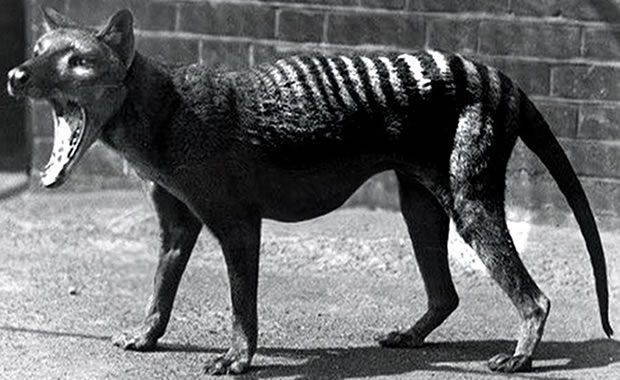Creature Profile
The Clarke's gazelle is also called the dibatag and is found in sandy grasslands of Ethiopia and Somalia. These gazelles are slender and both the legs and neck are long and thin. General coloration of the upper body is grayish-fawn and its rump and undersides are white. Its coloration along with its slender build allow the gazelle to become virtually invisible, blending in with its surroundings. It has a facial marking that consists of a white stripe running above the eye to the muzzle. Its tail is long and heavily furred, which it raises like a baton when fleeing danger. Only males have horns, which angle back from the forehead and curve around vertically so that the tips face forward. The horns can grow up to 6 to 10 inches long. Adults can weigh from 48 to 77 lb with a body length of 5 to 5.6 feet, a shoulder height of 2.6 to 2.9 feet, and a tail length of 12 to 14 inches.
The Clarke's gazelle prefers to eat leaves of bushes and trees and shoots. It is generally a solitary creature, but some are found in pairs or in family parties with three to six gazelles. Males are territorial and mark their ranges with dung piles and visit them daily. Females give birth to one calf after a gestation period of six to seven months.
The Clarke's gazelle population is threatened mainly by poaching. Also, habitat degradation caused by drought, and competition with livestock for grazing land pose a threat. The species is legally protected from hunting, and populations in Ethiopia are said to appear stable.
Wikipedia Article

|
Wikipedia Article Copyright Notice: This article is licensed under the GNU Free Documentation License. It uses material from the Wikipedia article "Dibatag". |
April 29, 2017
Glenn, C. R. 2006. "Earth's Endangered Creatures - Clarke's Gazelle Facts" (Online). Accessed 4/26/2024 at http://earthsendangered.com/profile.asp?sp=161&ID=1.
Need more Clarke's Gazelle facts?




